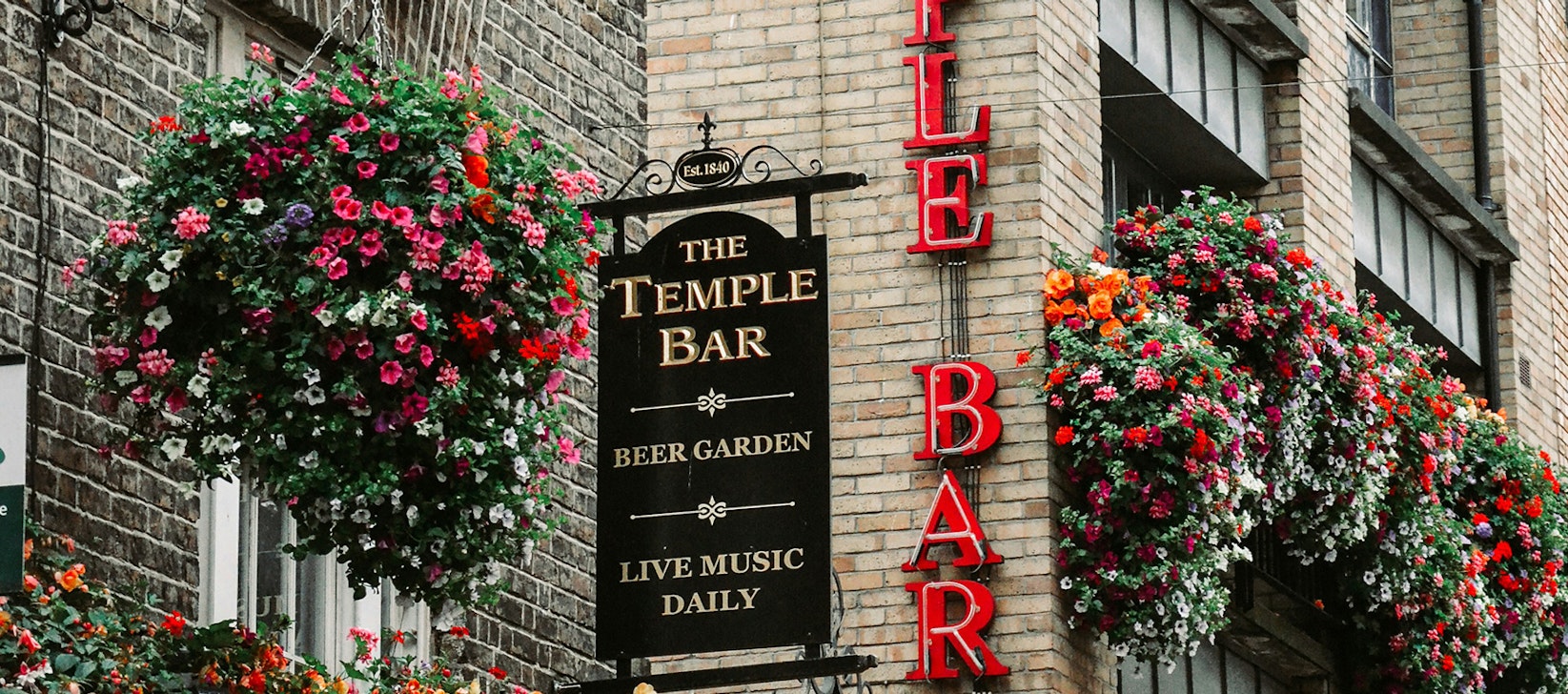Irish tourism – the country’s largest indigenous industry and biggest employer – finds itself in a strange place as we face into 2024. Demand looks strong particularly from the all-important North American market but cost challenges and capacity constraints will undoubtedly put a handbrake on growth.
75% of the tourism economy in Ireland is a result of international visitation and this is very much the case for Dublin. And with air access looking strong into Dublin Airport – a key determinant of tourism’s success – the capital can expect plenty of visitors from the US, Canada, Europe and Britain who are forecast to spend close to €3 billion this year. However, if the airport is Dublin’s strength it is also perhaps its biggest vulnerability. DAA has recently applied for its current cap – which it has effectively reached – of 32 million passengers at Dublin Airport to be lifted to 40 million passengers. This is crucial to the growth trajectory of Irish tourism as well as the national economy.
Industry chiefs fear that, after enormous support during the pandemic, Government’s focus has moved elsewhere. Recent decisions have not been particularly kind to tourism. The hospitality VAT rate was increased last year and Budget 2024 saw a cut in tourism budgets. Current policies including an over-reliance on hotels for humanitarian purposes and a clamp down on airbnbs risk further destabilising an industry still some way short of pre-pandemic recovery.
Although inflation is thankfully on the wane Dublin tourism and hospitality enterprises are worried about cost challenges particularly on the payroll front. The aggregate effect of labour legislation this year – including minimum wage increases, enhanced sick pay and pension auto-enrolment – is adding significantly to payroll costs. No responsible business owner begrudges paying staff a decent wage but, with all the additional state-induced costs landing solely with the employer, it is putting businesses under real pressure. Either prices will have to go up thereby threatening demand or cost increases will have to be absorbed to the bottom-line thereby impacting profitability – neither of which are good outcomes for business. Government must change tack and introduce some cost-offset mechanism to help businesses navigate these choppy waters.
“Although inflation is thankfully on the wane Dublin tourism and hospitality enterprises are worried about cost challenges particularly on the payroll front.”
There is plenty to be positive about for Dublin tourism. Thankfully the ugly riots of last November seem to be a one-off event and it is vital for Dublin’s reputation that they never reoccur. The four Dublin Local Authorities, Fáilte Ireland and the tourism industry are investing significantly and strategically in the capital’s visitor experience – that will be of benefit to the domestic market and international tourist alike. And Dublin is
proudly home to the World’s Leading Tourist Attraction with the Guinness Storehouse deservedly winning this coveted award recently.
The Irish Tourism Industry Confederation published a strategy for growth last year which outlined that the sector can grow 50% over today’s levels by 2030. That is the size of the prize for Dublin and Ireland. Growth can be secured in a responsible and sustainable way however such ambition needs to be enabled by pro-tourism and pro-enterprise policies from Government.






